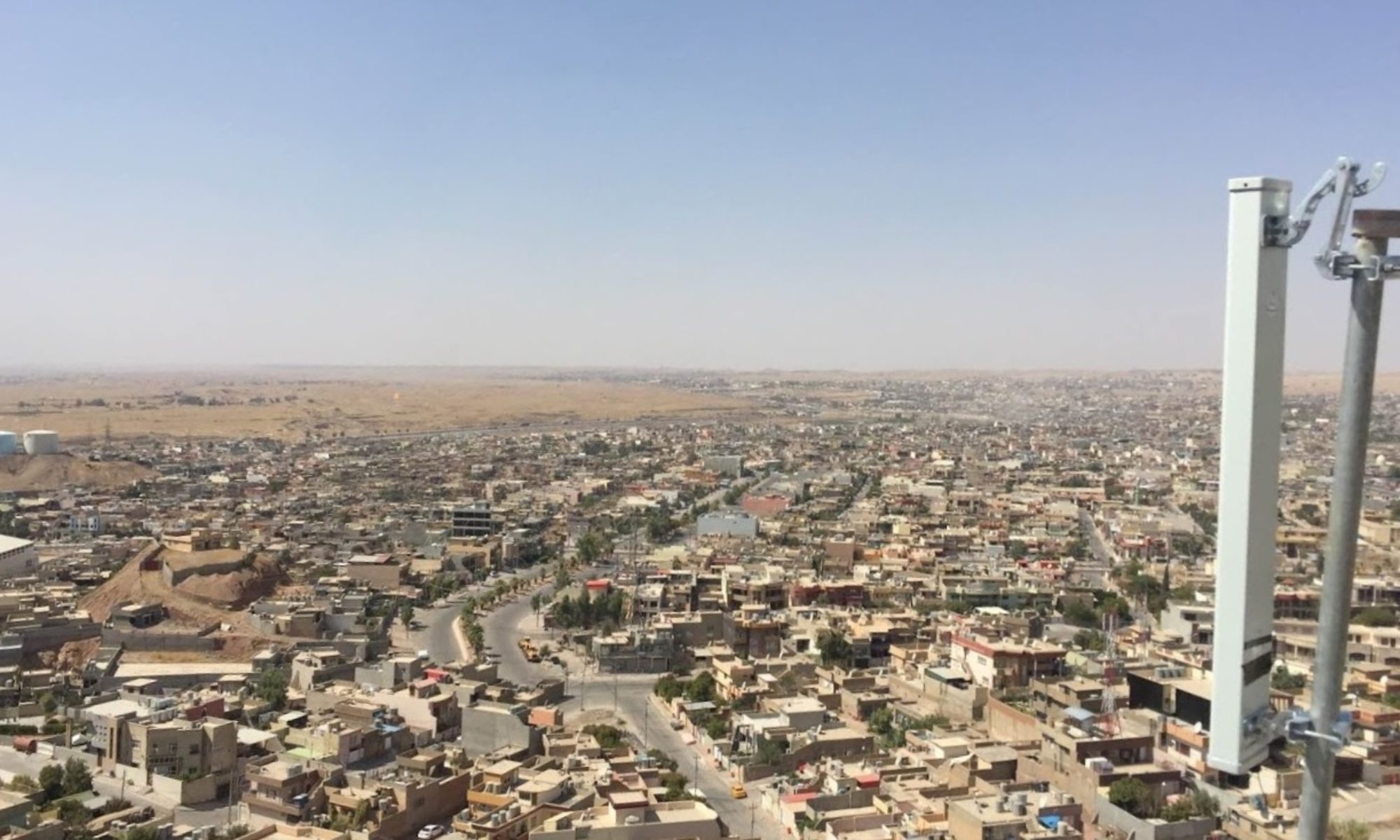What is PCC in LTE?
The purpose of PCC in LTE is policy and charging control. Policy control is a very generic term and in a network there are many different policies that could be implemented, for example, policies related to security, mobility, use of access technologies etc. When discussing policies, it is thus important to understand the context of those policies. When it comes to PCC, policy control refers to the two functions gating control and QoS control:1.
Gating control is the capability to block or to allow IP packets belonging to IP flow(s) for a certain service. The PCRF makes the gating decisions which are then enforced by the PCEF. The PCRF could, for example, make gating decisions based on session events (start/stop of service) reported by the AF via the Rx reference point.2.
QoS control
QoS control allows the PCRF to provide the PCEF with the authorized QoS for the IP flow(s). The authorized QoS may, for example, include the authorized QoS class and the authorized bit rates. The PCEF or BBERF enforces the QoS control decisions by setting up the appropriate bearers. The PCEF also performs bit rate enforcement to ensure that a certain service session does not exceed its authorized QoS.
Charging Control
Charging Control includes means for both offline and online charging. The PCRF makes the decision on whether online or offline charging shall apply for a certain service session, and the PCEF enforces that decision by collecting charging data and interact with the charging systems. The PCRF also controls what measurement method applies, that is, whether data volume, duration, combined volume/duration or event-based measurement is used. Again it is the PCEF that enforces the decision by performing the appropriate measurements on the IP traffic passing through the PCEF.
With online charging, the charging information can affect, in real-time, the services being used and therefore a direct interaction of the charging mechanism with the control of network resource usage is required. The online credit management allows an operator to control access to services based on credit status. For example, there has to be enough credit left with the subscription in order for the service session to start or an ongoing service session to continue. The OCS may authorize access to individual services or to a group of services by granting credits for authorized IP flows. Usage of resources is granted in different forms. The OCS may, for example, grant credit in the form of certain amount of time, traffic volume or chargeable events. If a user is not authorized to access a certain service, for example, in case the pre-paid account is empty, then the OCS may deny credit requests and additionally instruct the PCEF to redirect the service request to a specified destination that allows the user to re-fill the subscription.
PCC also incorporates service-based offline charging. With offline charging, the charging information is collected by the network for later processing and billing. Therefore, the charging information does not affect, in real-time, the service being used. Since billing is taking place after the service session has completed, for example, via a monthly bill, this functionality does not provide any means for access control in itself. Instead policy control must be used to restrict access and then service-specific usage may be reported using offline charging.
Online and offline charging may be used at the same time. For example, even for billed (offline charged) subscriptions, the online charging system may be used for functionality such as Advice of Charge. Conversely, for prepaid subscribers, the offline charging data generation may be used for accounting and statistics.

For Further Information
For more information, please Contact Us


